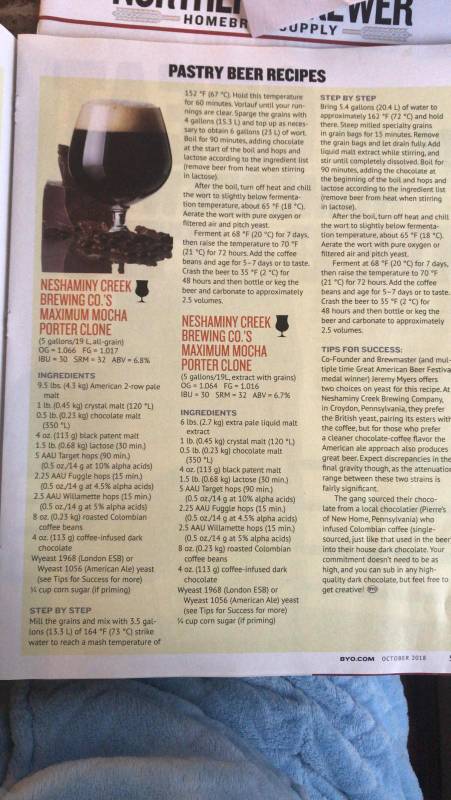Back again everyone. I have tried looking this up on the internet but I have not really found any answers that I am looking for. So if there is a another article that y'all know about please inform him. It seems that lately I have been having to make my 5-gallon batches 5.5 gallon batches and though that is working out for me I'm still having some difficulty maintaining my original gravity as it should be. Obviously. Is there a way without me adding water to my post boil aftermath that I can end up with my 5-gallon batches being 5 gallons on the day I bottle them? Is the answer dry malt extract? If so is there a cheaper alternative to dry malt extract? Dry malt extract as kind of expensive and I really don't like spending my money on a $7 pound bag of dry malt extract. I have been doing 5.5 gallons for my post boil because I'm also accounting for trub loss as well. My current setup is a 10 gallon aluminum pot on a burner propane burner that is I lose about 1.5 gallons every hour while boiling. Some people will read that and say that is BS and that is not true that I am over calculating my boil off rate. I don't do hard vigorous boils just when the water begins to boil like turn it down a little bit and I have a gentle Roll Effect. 5 1/2 gallon seems to be working for my quantities just well however it is hurting my original gravity in the long run. And I do all grain batch brewing with a picnic cooler
Sorry for the lengthy post just trying to be informative. It just really sucks when you read on a recipe and it tells you that it's a 5-gallon recipe and I end up with about four gallons when it's all said and done. Maybe this is normal but I don't know. Do I just suck it up and move on or is there a solution to this?
Sorry for the lengthy post just trying to be informative. It just really sucks when you read on a recipe and it tells you that it's a 5-gallon recipe and I end up with about four gallons when it's all said and done. Maybe this is normal but I don't know. Do I just suck it up and move on or is there a solution to this?

























![Craft A Brew - Safale S-04 Dry Yeast - Fermentis - English Ale Dry Yeast - For English and American Ales and Hard Apple Ciders - Ingredients for Home Brewing - Beer Making Supplies - [1 Pack]](https://m.media-amazon.com/images/I/41fVGNh6JfL._SL500_.jpg)
































